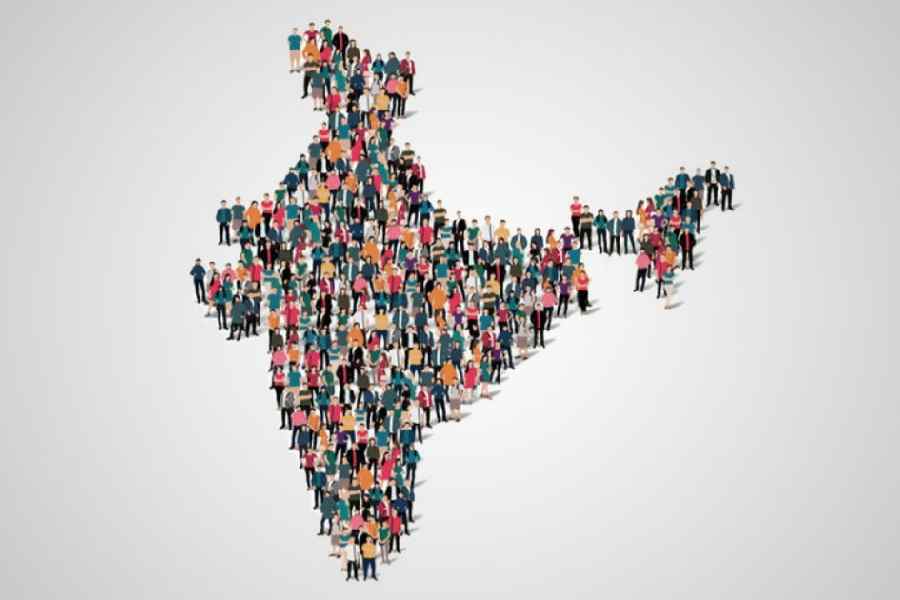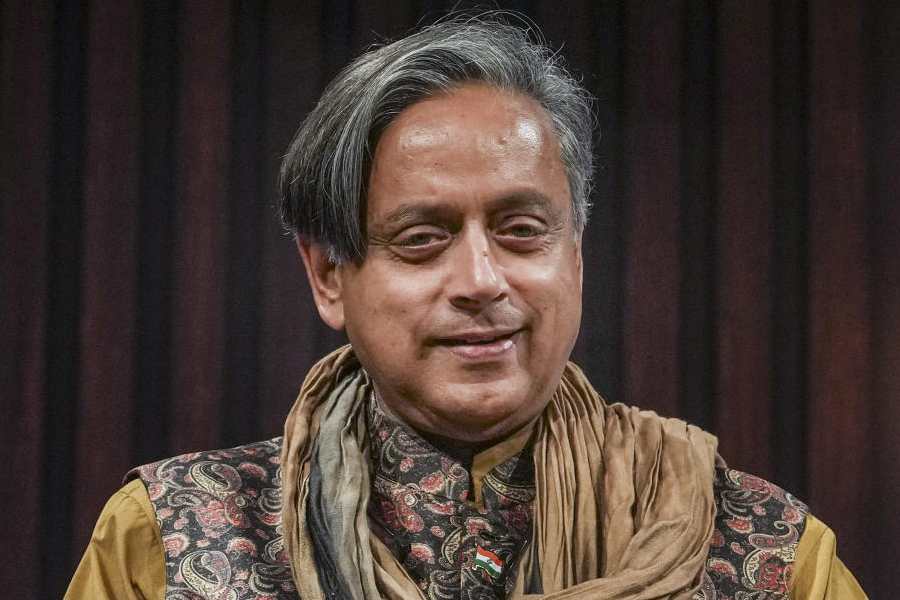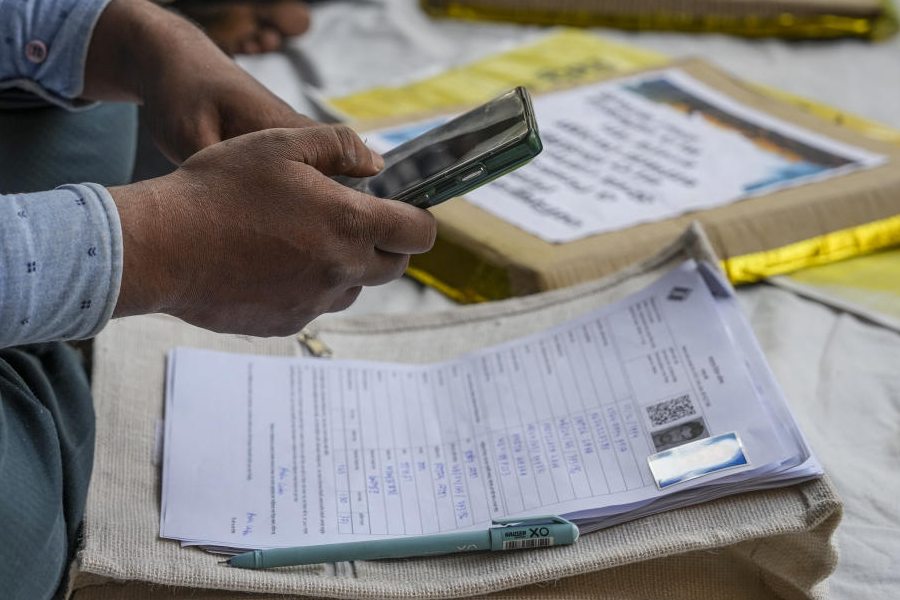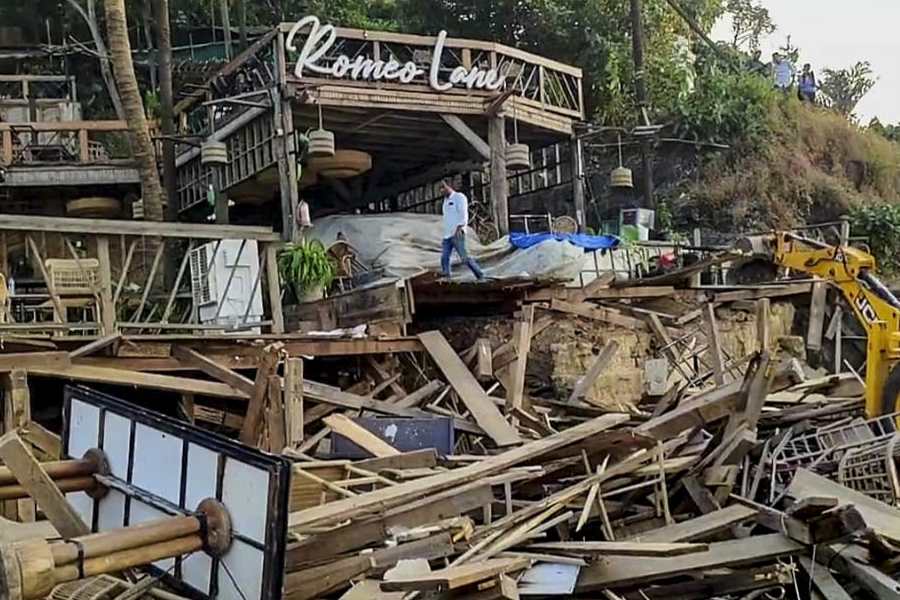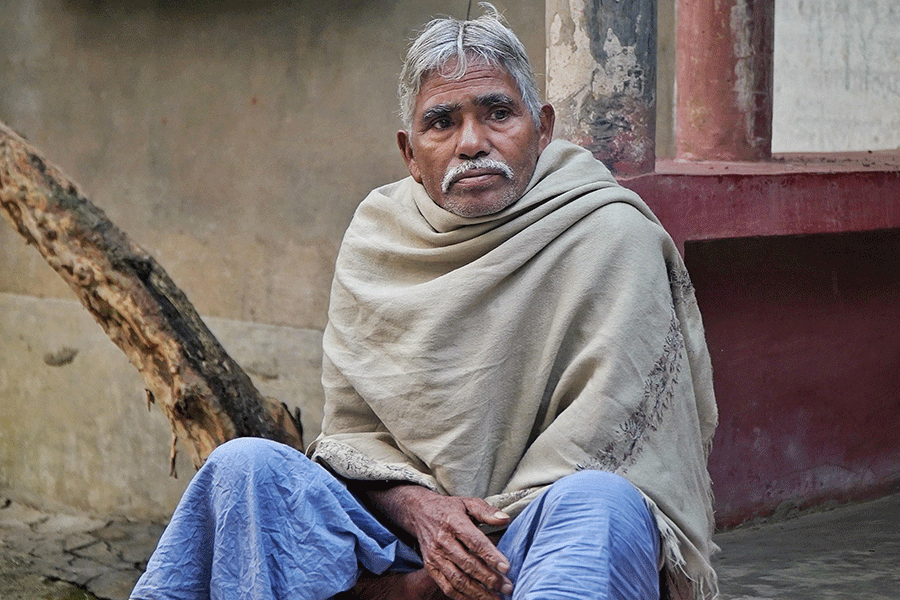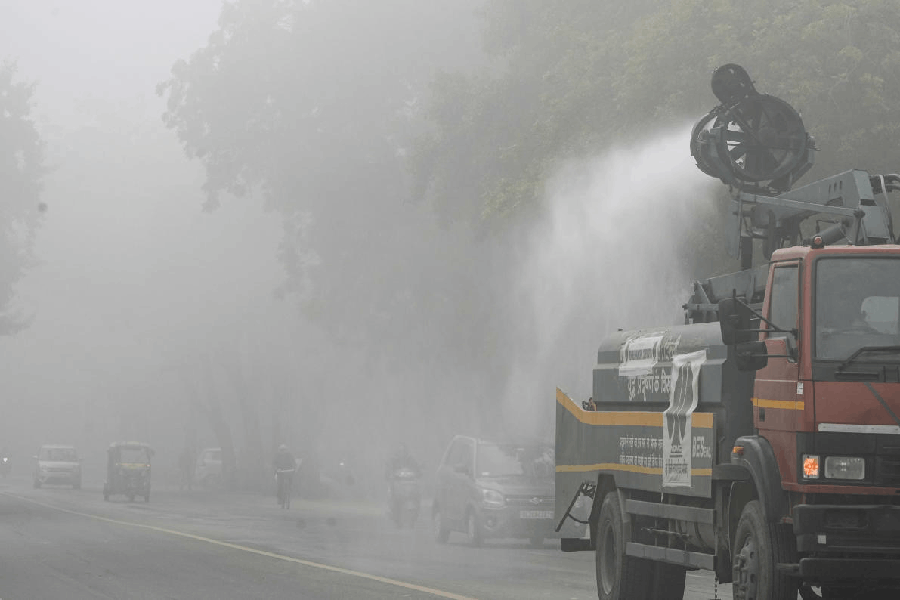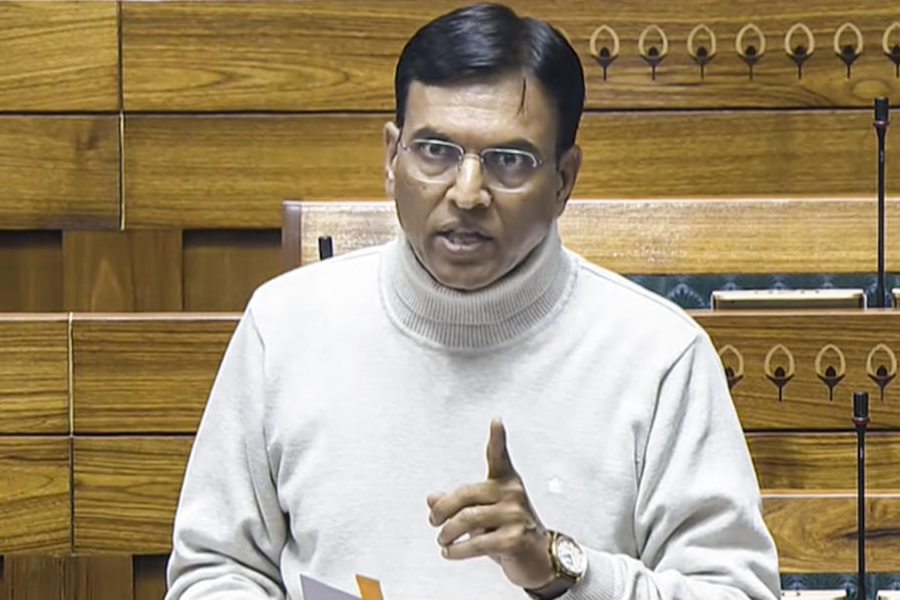The Union home ministry has announced that India’s decadal census exercise, due since 2021, will begin — finally! — from next year. The census will take place in two phases. The reference date for Ladakh, Jammu, Kashmir, Himachal Pradesh and Uttarakhand has been cited as October 1, 2026. The corresponding date for the rest of the country is March 1, 2027. It must be noted that the Narendra Modi government will be conducting this critical exercise after a delay of several years. The pandemic has been cited as an excuse for the delay. But this stance was specious. This is because the Covid-19 outbreak did not stop the government from conducting numerical and political engagements on a mass scale. Elections as well as numerous surveys have taken place since the pandemic struck: only the census remained stuck. In fact, data suggest that India figured among the 44 nations that had not conducted their decadal census; as many as 143 countries began this numerical exercise after the commencement of the pandemic. The delay, quite naturally, has had serious consequences. The census serves as the nodal centre of India’s data collection exercise on urgent matters. In its absence, both the availability and quality of data suffered. Now that the dates for the new census have been announced, steps must be taken to ensure that the methodology of enumeration and the reach of the exercise remain effective. Transparency is another critical element. The fact that India will also conduct a caste census for the first time since 1931 makes it imperative to resolve methodological, structural as well as technological impediments and ensure that the data collection process is seamless.
Economists as well as policy analysts would, understandably, have their eyes on the census. Politicians would be interested as well. The findings of the caste census, if they are to be published before the next general election, could be a game-changer in the electoral field. Moreover, the delimitation exercise is also based on the census. Already, there are deep misgivings — anxieties — in the southern states that delimitation could end up shrinking their share of the parliamentary representational pie on account of — ironically — their success in reining in populations. It remains to be seen whether the Centre presses ahead with an altered electoral map on the basis of delimitation before the next parliamentary polls. This is a deeply divisive issue and must be worked out on the basis of a consensual approach that has mostly eluded this authoritarian government.

